One of Wednesday’s break-out sessions took a look at ILC’s Rangelands and Semi-Drylands initiatives, addressing some of the challenges the programs faced in their first decades, as well as the achievements. Members of the initiatives from Africa, South America, Central Asia, and South Asia, plus the global division, spoke during the session.
The first meeting on the initiatives took place in 2009 in Addis Ababa, but things did not get really going until 2011, when ILC again brought community members and partners together at their next rangelands and drylands meeting. It was decided here that there should be a rangelands learning initiative, sharing experiences from around the world in a two-way learning process.
By September 2012, an interest-based learning group had bene established, aiming to share and promote the exchange of ideas. The focus of the initiatives also expanded to cover Latin America. Many competing viewpoints were held by the members of the initiatives, and a lack of agreement on what direction to go in ultimately led to a break in the partnership.
In 2013, the ILC branch of the initiative began to reflect on where they were, how far they had come, and where they were going. In September, a meeting was held so that members could openly share their thoughts about the process so far, being honest and transparent with one another. Although the partnership had broken down, the ILC knew that it would proceed with the initiative, but with different partners. The initiatives then expanded to Asia.
The ILC Rangelands and Semi-Drylands Initiative representatives felt that the learning groups were a valuable tool that allowed them to share knowledge and expertise, and find out how they could solve problems. It also allowed for a reflection of how policy is really being practised and implemented.
In November 2014, ILC found that they could engage with the initiative but in a different way by essentially going back to the beginning, asking the African members what they truly wanted to get out of the initiatives. It was at this time that they began to define a name, changing from the Rangelands Initiative to the ILC Global Rangelands Initiative. The institutional framework began to be constructed, along with flagship projects and a technical unit, looking at how best they could facilitate the process and strengthen the central coordinating unit.
Then in Cameroon in 2015, the members began to develop best practices and became engaged in more global processes. As a result, they divided up specific roles between Africa and the global division, and strengthened their image as an initiative. Since 2015, their logo has become an important symbol for them, and it was essential that they had a strong visual image to represent the initiative.
In 2016, the five regions (global, Africa, South America, Central Asia and South Asia) began to become more intertwined, something that they continue to strive for; the initiatives were starting to see that their issues and goals were more global, and not only African as they had been at the beginning. Members continued to promote the initiative by increasing their There were key things that they had been doing every year, such as attending the World Bank Conference, but were ensuring that they had more of a presence in order to promote their initiative. By the end of 2016 they had a much stronger idea of where they were going and what they wanted to do.
In 2017, the initiative was looking further ahead: partners became more closely involved with planning, and together they developed a three-year action plan at the global and regional levels. The initiatives also aimed to establish stronger inter-regional links. The key question was ‘how can we as global partners use our organisations to open doors to government and other global processes, and how can we take forward the idea of making rangelands more secure?’
Just before the Global Land Forum 2018 in Bandung, a significant meeting took place for the initiative with all representatives meeting for the first time. Meanwhile, the initiative’s network in Central Asia continues to expand, with an upcoming working group meeting this month to look at how they can support pasture land management and integrate forestry and how traditional forms of knowledge can be harnessed. A Rangelands Global Gathering will also be held this month; the initiatives plan to look at mapping as a method of data collection.
